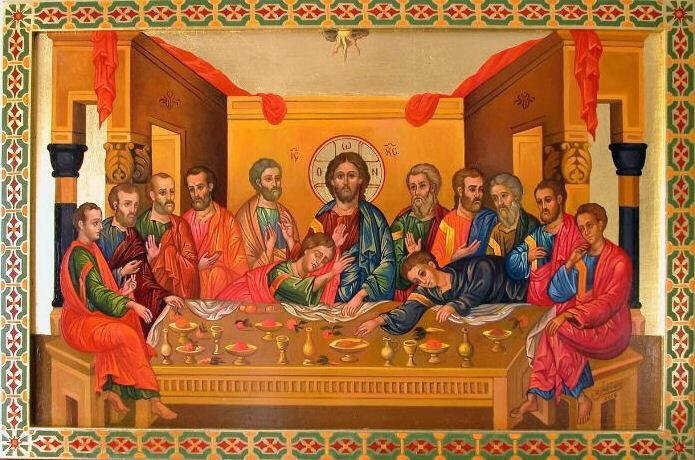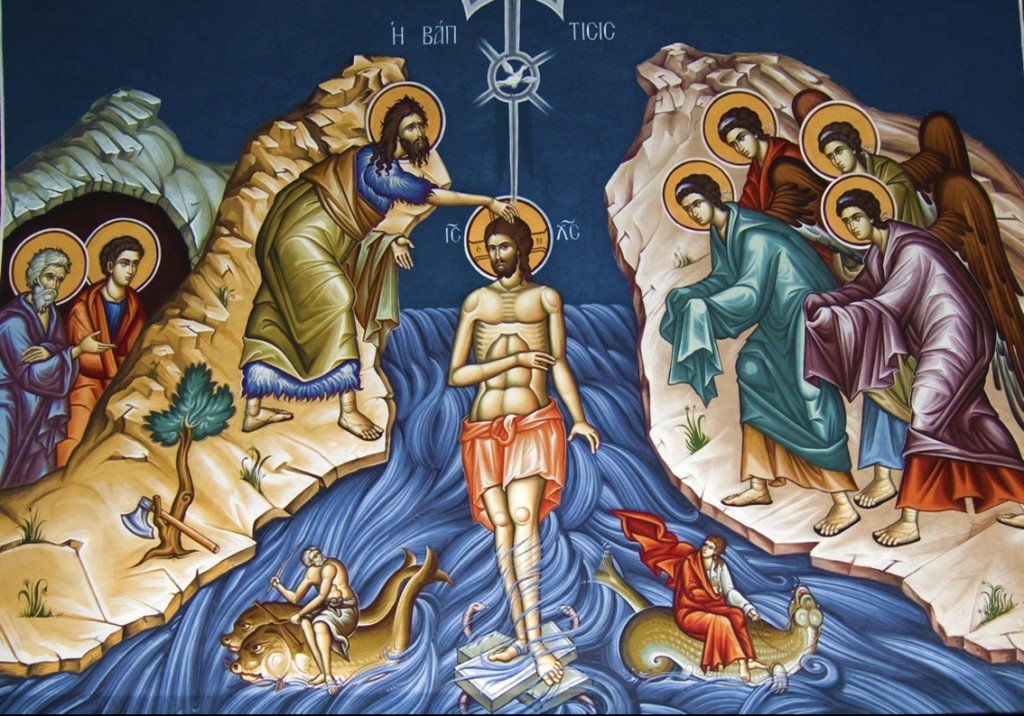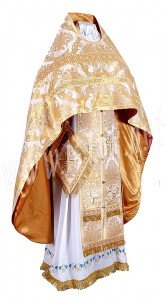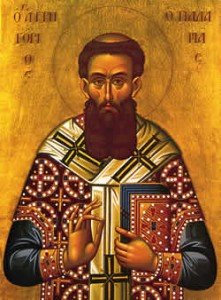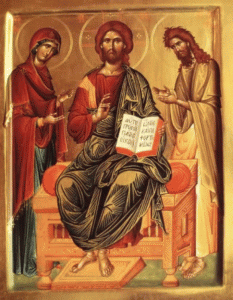When we start the Divine Liturgy we declare the beginning and the end of what we do together, namely make the Kingdom of Heaven present. In the Divine Liturgy the Church makes an ascent to the Table of the Lord in His Kingdom. The Christian faith, from the very beginning, confessed precisely the reality that the gifts of bread and wine are changed into the body and blood of Christ – changed into the very body and very blood of Christ. There was never any confusion of this reality with just symbolism. The Church, from the earliest times, sensed the real presence of the body and blood of Christ on the Holy Table.
We must, when considering the Divine Liturgy, look at it as a whole. It is the ritual that not only transforms gifts to make Christ truly present, but also transforms individual persons to make the Church – the Body of Christ – truly present. We must consider not only what our prayer does to the gifts but also what it does to us.
If a person truly attempts to participate in the Divine Liturgy to the best of their ability – to immerse himself into the prayers and actions of the Divine Liturgy and their meaning – something happens, something truly changes. We become the Church! We become followers of Jesus!
I truly believe that this requires, however, that we do not attend the Divine Liturgy out of obligation! We cannot become true followers of Jesus if we feel compelled to do so under the threat of punishment. Rather, the Divine Liturgy is our opportunity to join with others – the Church – in making a real ascent to the Table of the Lord in His Kingdom. It allows us to begin to understand the true meaning and purpose of life, which is to voluntarily transform ourselves into children of God – becoming true brothers and sisters of Jesus, the Christ.
Think about it! When we join with Jesus in offering our lives back to the Father in thanksgiving for life, life takes on a new meaning and our relationship with Jesus and others becomes real.
One of the difficult things is to come to a real understanding of Who Jesus IS and how He relates to us. We have a tendency to only think of Him as a part of the Holy Trinity. This can cloud our relationship. While it is a complex thought that Jesus is God and Man, it is an important thought.

